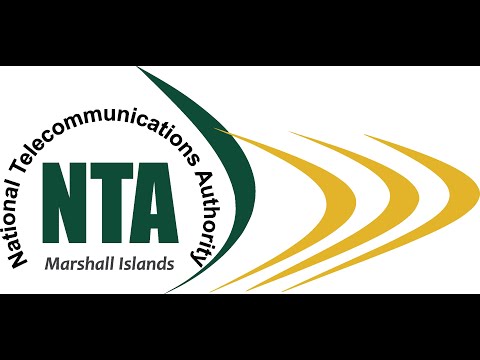
Telecommunication companies in Marshall Islands
The Marshall Islands, a small island nation in the Pacific Ocean, faces unique challenges in its telecommunications sector due to its geographic isolation, scattered islands, and small population. Despite these challenges, the country has made strides in providing telecommunication services to its residents and connecting with the global community. This article highlights the key telecommunication companies operating in the Marshall Islands and their contributions to the nation’s connectivity.
1. Marshall Islands National Telecommunications Authority (NTA)
The National Telecommunications Authority (NTA) is the primary telecommunication service provider in the Marshall Islands. Established as a state-owned enterprise, the NTA plays a vital role in delivering communication services, including telephone, internet, and mobile services.
Services Provided:
NTA offers a range of services, such as fixed-line telephony, mobile voice and data, internet services, and international connectivity. It has focused on improving infrastructure to expand coverage and provide faster and more reliable services.
Internet Access:
The NTA is actively working to increase internet access across the islands. Through submarine fiber-optic cable projects, the company aims to improve broadband speeds, reduce costs, and enhance digital inclusion for remote communities.
Challenges:
The scattered geography of the islands presents challenges for service delivery. Maintaining infrastructure in a region prone to natural disasters, such as typhoons, requires significant investment and coordination.
2. Collaborations with International Partners
The Marshall Islands’ telecommunication sector relies heavily on partnerships with international organizations and companies to enhance its connectivity. For instance, the installation of submarine cables like the HANTRU-1 undersea cable has significantly improved internet access.
HANTRU-1 Cable System:
This fiber-optic cable connects the Marshall Islands to Guam and other international networks. It provides high-capacity bandwidth and has revolutionized the country’s connectivity, supporting business development and improving access to education and healthcare through digital platforms.
Satellite Services:
In areas where fiber-optic connections are unavailable, satellite technology is employed. International satellite providers collaborate with the NTA to ensure communication services reach the outer islands.
3. Mobile Services and Innovations
Mobile phone penetration is growing steadily in the Marshall Islands. NTA’s mobile network provides essential services to both urban and rural areas, though challenges remain in ensuring seamless coverage across all islands.
4G LTE Network:
The NTA has been upgrading its mobile network to include 4G LTE technology, offering faster data speeds and improved connectivity for residents.
Digital Transformation Initiatives:
Efforts are underway to promote digital literacy and encourage the adoption of mobile and internet technologies for everyday use, such as banking, education, and healthcare.
4. Future Prospects
The government of the Marshall Islands and the NTA are committed to further developing the telecommunication sector. Investments in modern infrastructure, partnerships with international organizations, and initiatives to bridge the digital divide are essential for the country’s development.
Expansion of Broadband Services:
Increasing broadband access remains a top priority. Future projects aim to connect more remote islands, improve service reliability, and reduce costs.
Sustainability:
Incorporating renewable energy solutions for telecom infrastructure is being considered to reduce operational costs and ensure sustainability in a region heavily impacted by climate change.
Conclusion
Telecommunication companies in the Marshall Islands, particularly the NTA, play a crucial role in connecting the nation to the global digital economy. Despite challenges such as geographic isolation and limited resources, ongoing investments and partnerships are driving improvements in connectivity. The continued development of telecommunications will be essential for the Marshall Islands’ economic growth and social progress.




Leave a Reply